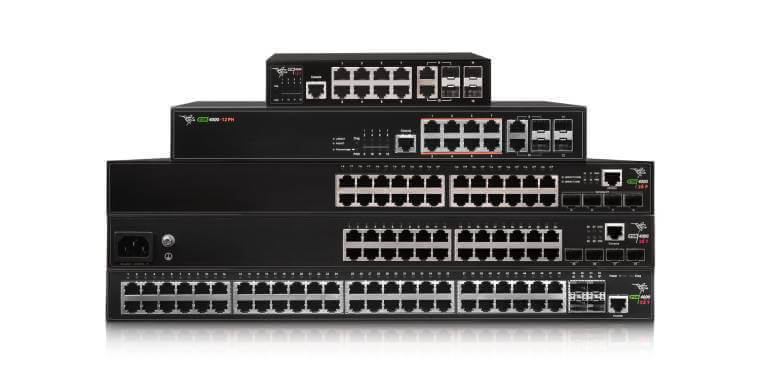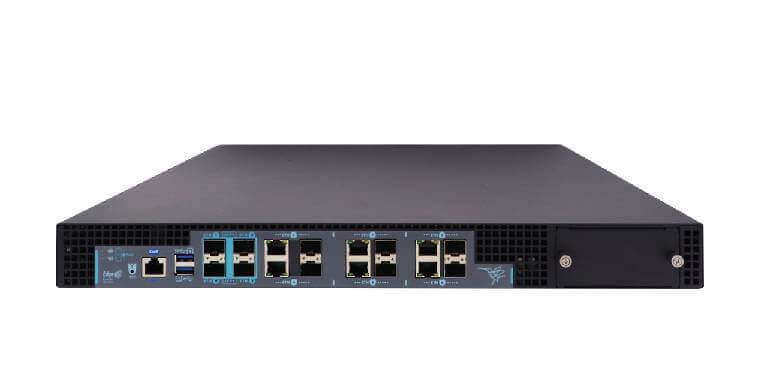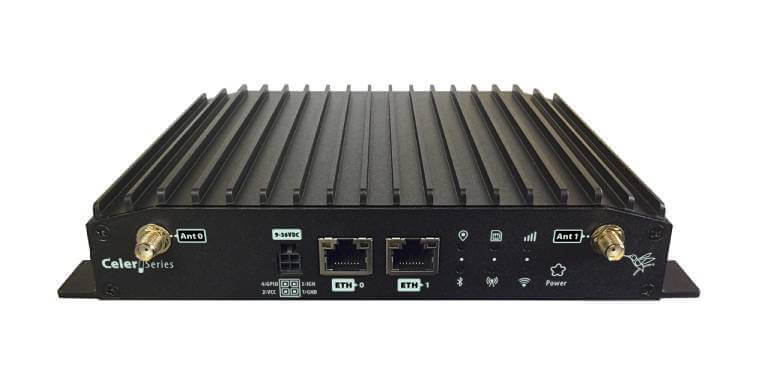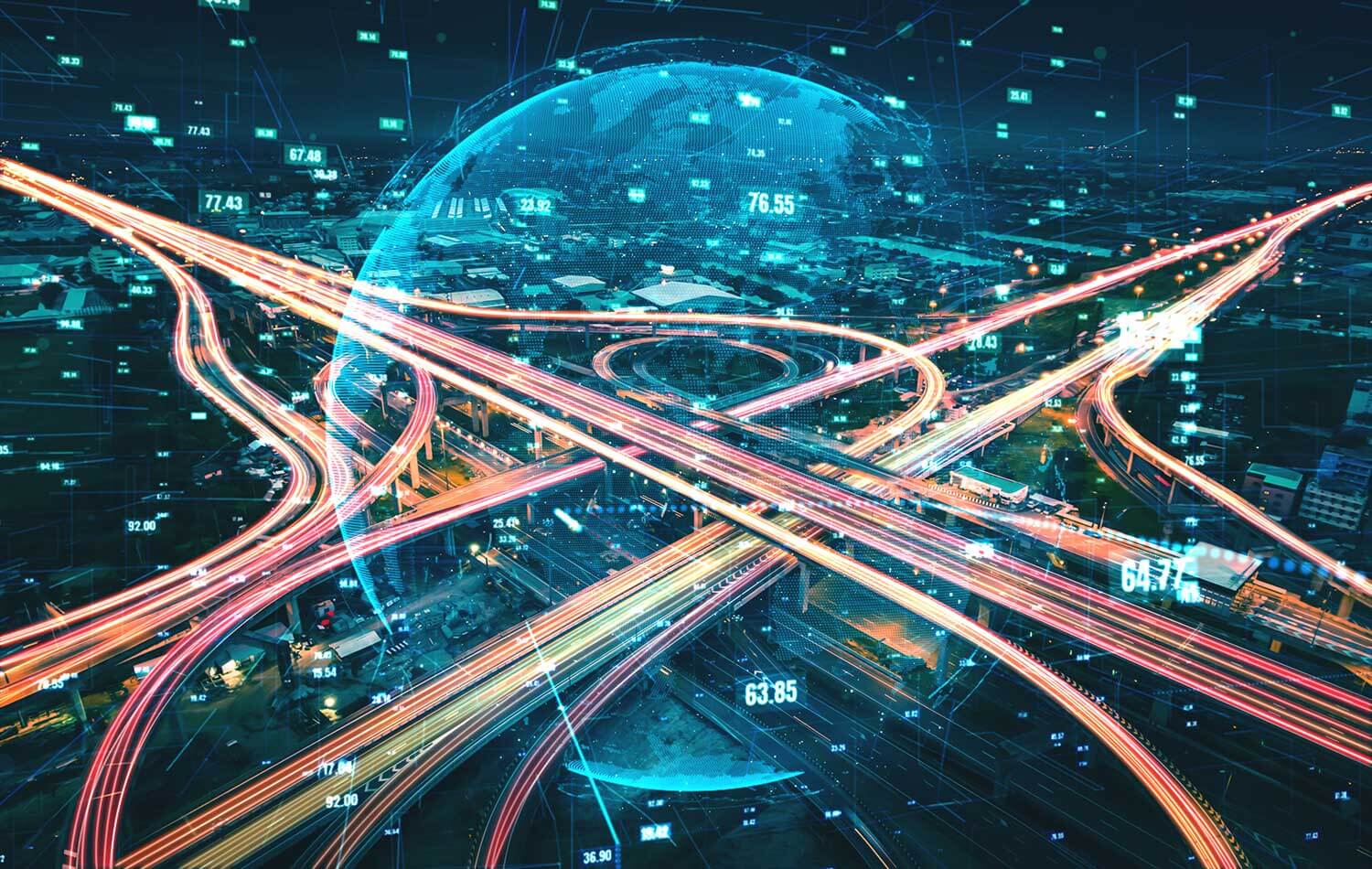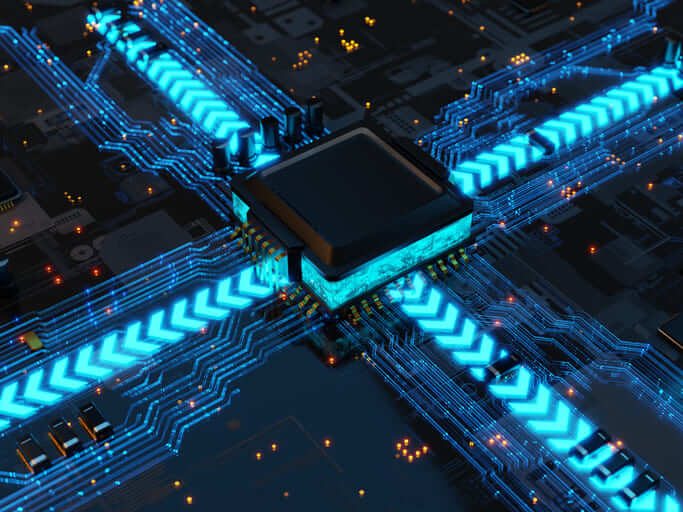 In an increasingly interconnected world, where digitalization is profoundly transforming the way in which transport systems are managed and operated, cybersecurity has become a critical component to ensure continuity, security, and efficiency. From urban bus fleets to high-speed trains and global logistics systems, the dependency on digital technologies calls for a robust and comprehensive approach when fighting cyber threats.
In an increasingly interconnected world, where digitalization is profoundly transforming the way in which transport systems are managed and operated, cybersecurity has become a critical component to ensure continuity, security, and efficiency. From urban bus fleets to high-speed trains and global logistics systems, the dependency on digital technologies calls for a robust and comprehensive approach when fighting cyber threats.
A Growing Attack Surface
Technological evolution has brought with it far more complex and exposed environments. Current transport systems are no longer just physical networks of vehicles and roads, but digital ecosystems integrating sensors, telecommunication networks, artificial intelligence, cloud computing, and multiple layers of connectivity. While this degree of sophistication improves operational efficiency and the user experience, it also creates new opportunities for cyberattacks.
Among the most frequent attacks faced by transport operators are ransomware, denial of service (DDoS) attacks, GPS manipulation (spoofing and jamming), credential theft via phishing, and sabotage of fleet management systems. These incidents are not merely hypothetical—many public transport entities and companies have already fallen victim to these attacks with devastating consequences.
Some high-profile cases include the WannaCry ransomware attack on Deutsche Bahn in Germany (2017), the disruption of the Danish rail network (DSB) in 2022, the tampering of the Polish signaling system in 2023, and more recently, the security breach at Transport for London and the digital sabotage of France’s high-speed train (TGV) ahead of the Olympic games in 2024. These incidents show that no organization (regardless of how solid it is) is free of risk.
The consequences of a cyberattack in the transport sector go well beyond simple loss of data. They can disrupt critical services, cause widespread cancellations, pose a physical or safety risk to passengers, and lead to personal and financial data leaks. In addition to the economic damage, the reputation of the affected company or entity suffers a blow that is difficult to repair.
In some cases, the effects are so devastating that the future of the company is compromised—such as in the case of KNP Logistics in the UK, which was forced to file for bankruptcy in 2023 after a cyberattack.
Cybersecurity by Design
Given this scenario, cybersecurity cannot be treated as a patch to be applied after the fact. It must be part of infrastructure design.
Platforms like SD-WAN provide secure, segmented networks capable of connecting thousands of vehicles in a centralized and efficient manner (protected from threats).
Amongst the key measures being implemented, it is worth highlighting the following: next-generation firewalls (NGFW), onboard intrusion detection and prevention systems (IDS/IPS), network segmentation to separate operational traffic from passenger traffic, and encrypted VPNs to protect data in transit. Moreover, Zero Trust architecture ensures that every component of the system is continuously verified, minimizing the risk of unauthorized access (even from within the vehicle).
Regulatory Compliance and Tangible Operational Benefits
The importance of cybersecurity is not only based on technical and operational needs, but also on regulatory requirements that are becoming stricter. In Europe, regulations such as NIS2 on critical infrastructure, the National Security Scheme (ENS), the GDPR, and international standards like ISO/IEC 27001 establish mandatory frameworks to ensure data protection and operational resilience.
The transport sector also has specific certifications, like UNECE WP.29 for vehicles and TS 50701 for railways, which reinforce the need to integrate cybersecurity at every stage of a transport system’s lifecycle.
Incorporating cybersecurity as a core element not only helps avoid disasters—it also delivers real operational benefits. In bus fleets, for example, secure connectivity and remote monitoring allow thousands of vehicles and routes to be managed in real time. In addition, mechanical failures can be anticipated, and passengers receive better user experience.
In high-speed trains, secure communication solutions provide stable connections even at 300 km/h, enabling services such as onboard Wi-Fi, digital information panels, train telemetry, and remote maintenance—without the need for physical intervention. All of this translates into increased efficiency, lower costs, and better customer service.
The Future of Mobility
The digitalization of the transport industry is unstoppable. However, its success will depend largely on the sector’s ability to adopt cybersecurity as fiercely as it has embraced new technologies. Protecting critical infrastructure is no longer merely a technical issue—it is a strategic necessity to ensure the safe, constant, and efficient movement of people and goods in an increasingly interconnected world.
At Teldat, we are continuously developing NGFW-based cybersecurity solutions focusing on critical sectors like transport infrastructure, with XDR capabilities that make the most of artificial intelligence. Our solutions are designed to be embedded in onboard devices to be installed in vehicles and rail fleets.







